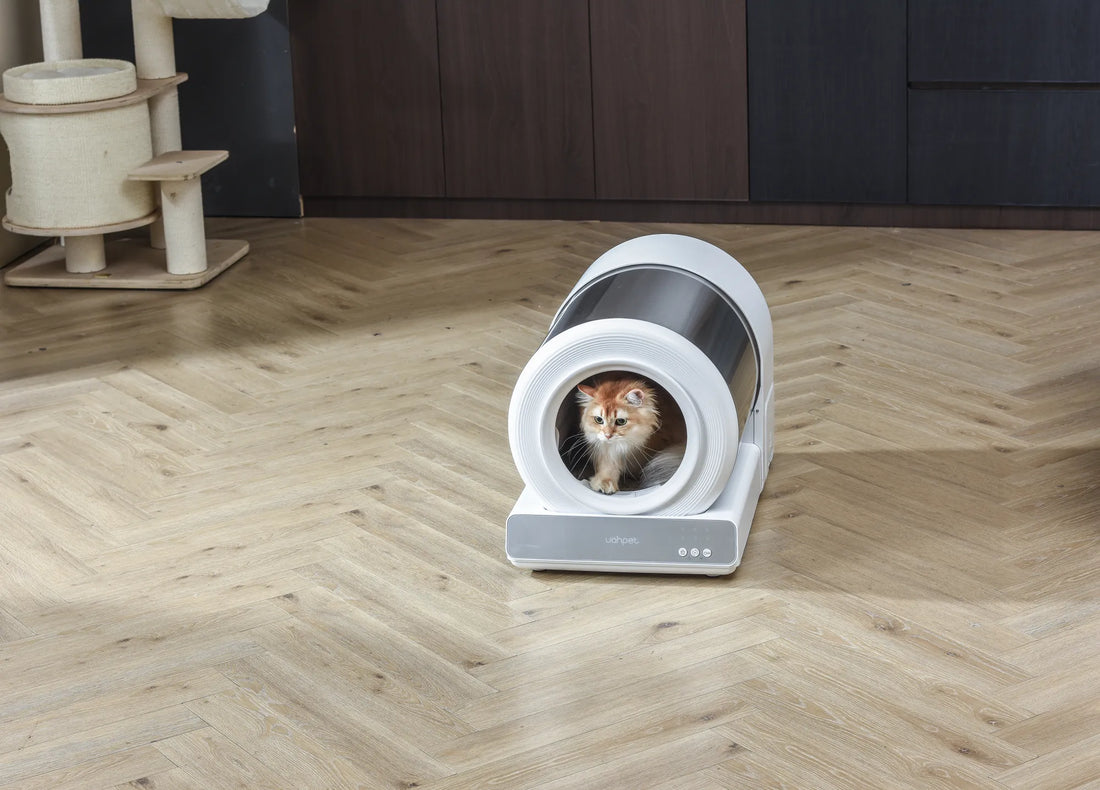If you've ever found yourself wondering, 'Why does my cat pee in the litter box but poop on the floor?', you're not alone. This perplexing behavior can be frustrating for pet owners, but understanding the underlying causes is the first step toward resolving it. Cats are creatures of habit, and their bathroom behaviors can reveal a lot about their physical and emotional well-being. In this article, we'll explore the possible reasons behind this issue and provide practical solutions to help your feline friend get back on track.
Common Reasons for This Behavior
There are several reasons why a cat might choose to pee in the litter box but poop elsewhere. Let's delve into some of the most common causes:
Litter Box Preferences
Cats can be incredibly picky about their litter boxes. If the box is too small, too dirty, or filled with a type of litter your cat dislikes, they may avoid using it for certain activities. While they might tolerate it for urination, they could refuse to use it for defecation.
Stress or Anxiety
Stress is a significant factor in feline behavior. Changes in the household, such as moving to a new home, introducing a new pet, or even rearranging furniture, can cause anxiety in cats. This stress might lead them to poop outside the litter box while still using it for peeing.
Medical Issues
Underlying health problems, such as constipation, diarrhea, or gastrointestinal issues, can cause discomfort during defecation. If your cat associates the litter box with pain, they might avoid using it for pooping. It's essential to rule out medical causes by consulting a veterinarian.
Territorial Marking
In multi-cat households, territorial disputes can lead to inappropriate elimination. One cat might feel threatened and choose to mark their territory by pooping outside the litter box, even if they continue to use it for urination.
How to Address the Problem
Once you've identified the potential cause of your cat's behavior, you can take steps to address it. Here are some strategies to consider:
Evaluate the Litter Box
Ensure that the litter box is clean, spacious, and filled with a type of litter your cat prefers. Some cats prefer unscented litter, while others might like a specific texture. Experiment with different options to see what works best for your pet.
Reduce Stress
If stress is the culprit, try to identify and eliminate the source of anxiety. Provide a calm and stable environment for your cat, and consider using calming products or pheromone diffusers to help them relax.
Consult a Veterinarian
If you suspect a medical issue, schedule a visit to the vet. They can perform a thorough examination and recommend appropriate treatment to address any underlying health problems.
Provide Multiple Litter Boxes
In multi-cat households, it's a good idea to provide one litter box per cat, plus an extra one. This ensures that each cat has access to a clean and private space for elimination, reducing the likelihood of territorial disputes.
Preventing Future Issues
Preventing your cat from pooping outside the litter box requires consistency and patience. Here are some tips to help maintain good litter box habits:
Clean the Litter Box Regularly
Cats are more likely to use a clean litter box. Scoop it daily and change the litter completely at least once a week. This will encourage your cat to use the box for both peeing and pooping.
Monitor Your Cat's Health
Keep an eye on your cat's overall health and behavior. Regular check-ups with the vet can help catch potential issues early, preventing them from affecting your cat's bathroom habits.
Create a Comfortable Environment
Make sure your cat feels safe and secure in their environment. Provide plenty of hiding spots, scratching posts, and toys to keep them entertained and reduce stress.
Be Patient and Consistent
Changing a cat's behavior takes time. Be patient and consistent with your efforts, and reward your cat for using the litter box correctly. Positive reinforcement can go a long way in encouraging good habits.
Understanding why your cat pees in the litter box but poops on the floor is the key to solving this frustrating issue. By addressing the underlying causes and implementing the right strategies, you can help your feline friend develop consistent and healthy bathroom habits. Remember, every cat is unique, so it may take some trial and error to find the solution that works best for your pet. With patience and persistence, you can create a harmonious environment where both you and your cat can thrive.

![[🎃Halloween Sale]UAHPET Stainless Steel Self-Cleaning Cat Litter Box](http://www.uahpet.com/cdn/shop/files/1-cat-litter-box.jpg?v=1759128420&width=1600)












